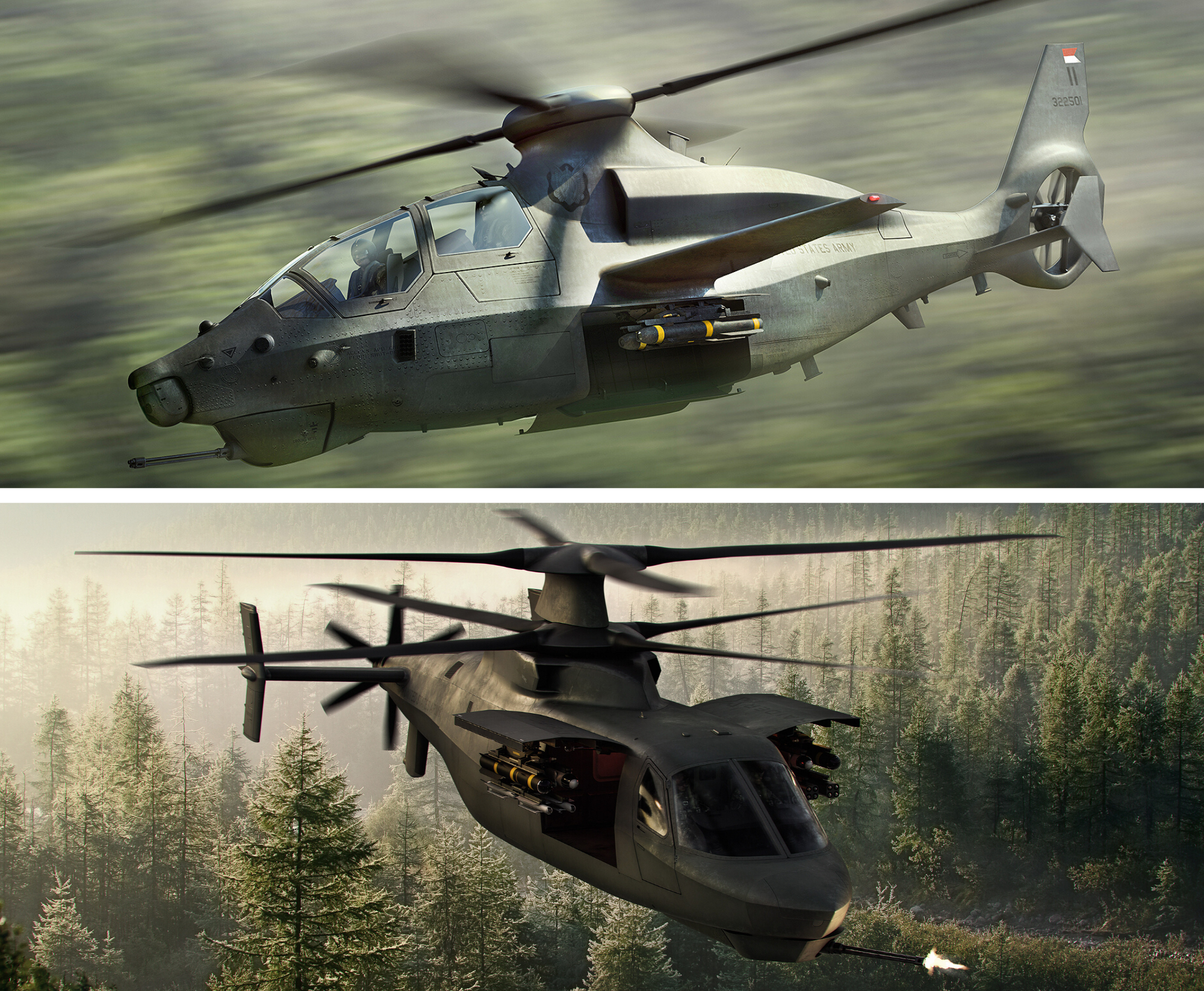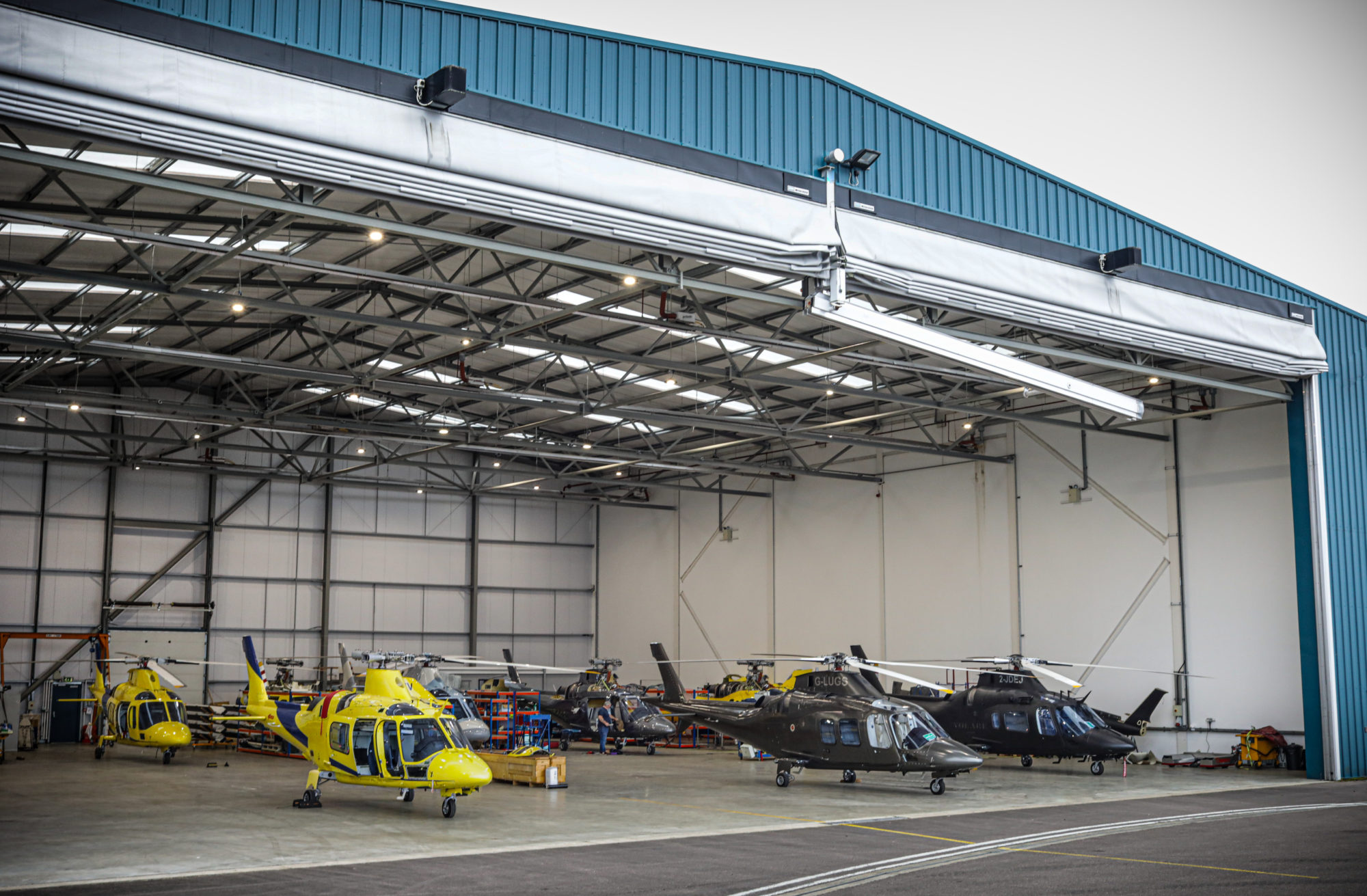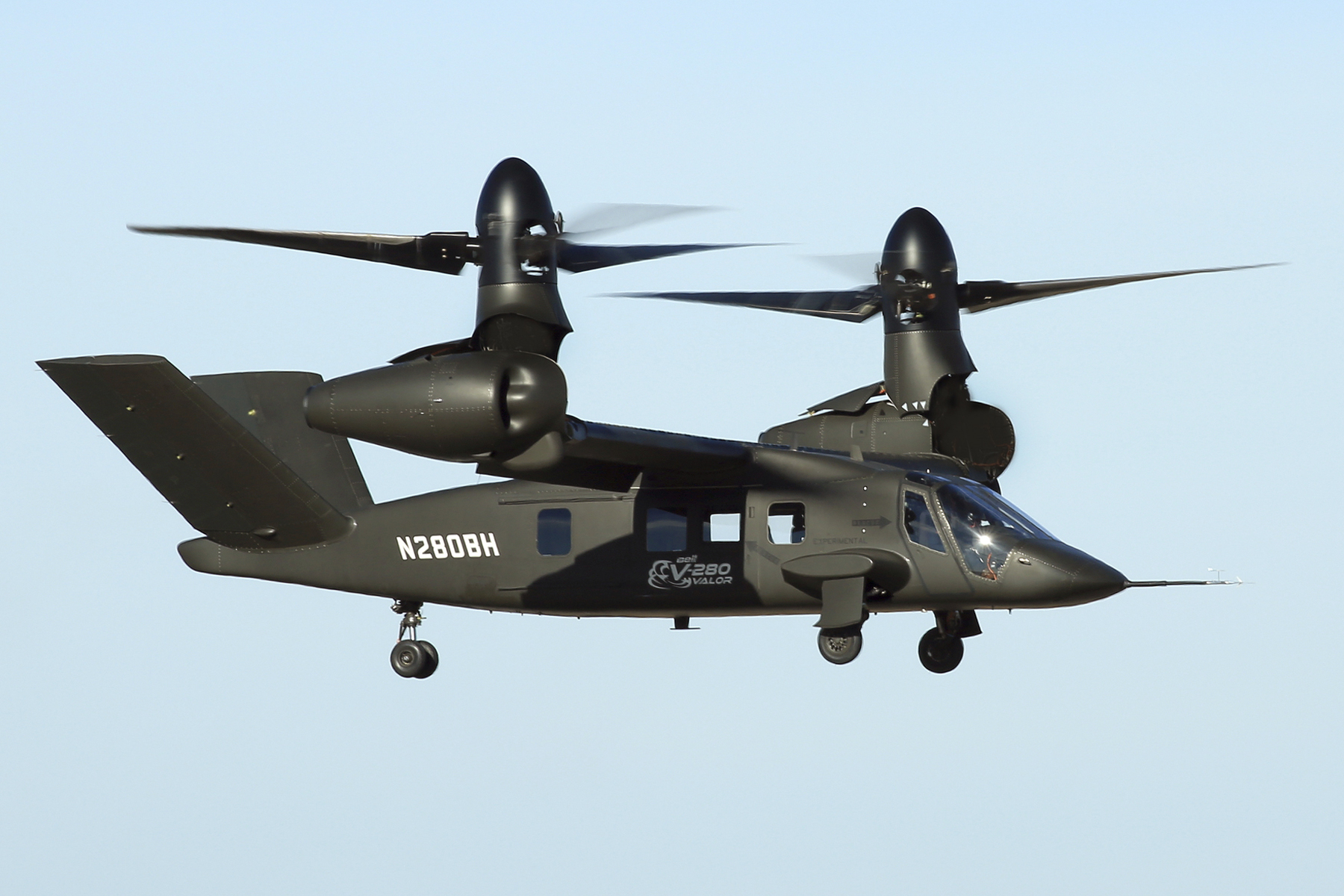Is A Helicopter An Aircraft - The Super Cobra has been operational since its fielding in 1967, and was deployed to Operation Iraqi Freedom in 2003. The Super Cobra functions as the primary attack helicopter forming the backbone of the USMC air-ground task force utilized when fire power is needed—whether
providing ground cover or escorting other air support. For both an airplane and a helicopter, you'll need to get a private pilot's license. You can then choose to continue your training and also get your commercial pilot's license.
Is A Helicopter An Aircraft

If you want to fly helicopters or airplanes for a living and get paid to do so, then you'll need a commercial license. If your goal is simply to own or borrow a helicopter or airplane and use it just for fun, then all you'll need is your private license.
License Requirements
The Coast Guard's primary search and rescue helicopter is the Dolphin. The MH-65 Dolphin, manufactured by Eurocopter, is a two-engine, short-range recovery helicopter operated by and easily identified as a U.S. Coast Guard helicopter due to its orange color.
The Dolphin operates during day and night and in all weather conditions except during icing. The Block 2 Chinook is the second iteration of the Chinook and includes both the CH-47 F-model and the CH-47 G-model.
Despite the technologically advanced capabilities of the Block 2 Chinook, the U.S. Army announced that as of Fiscal Year 20, they will no longer procure the new CH-47F and will only buy the 69 G-model Chinooks scheduled to be built.
The Chinook G-model is the special operations version. Both the airplane and the helicopter industries are facing giant demands. A recent study by Boeing states that before 2038 there will be a shortage of 61,000 helicopter pilots and 743,000 airplane pilots worldwide, with a total shortage of 804,000 pilots.
Pilot Demand
This is a big number and shows that no matter which aircraft you decide to fly, you'll most likely have a job for years to come. The license requirements for a helicopter versus an airplane are pretty similar.

Each license has a minimum age, requires a certain amount of hours flown in the chosen aircraft, and has written, oral, and practical exams. Before you can begin training, you must pass the FAA medical exam.
This exam simply states that you are fit to fly. Even if you're worried about health issues and think you may not be fit to fly, make sure you talk to an FAA examiner, because you never know, you may be cleared.
U.S. military aerospace vehicles are designated by the Mission-Design-Series (MDS) designation system where the vehicle type symbol for helicopter is "H". A second symbol exists for the basic mission type, such as "A" for ground attack.
What Should You Choose To Fly?
Further designating symbols can include the design number, series letter, status prefix, popular name, and block number. The Dolphin joined the U.S. Coast Guard inventory in 1984. The Coast Guard's air fleet contains an inventory of 100 Dolphins.
Today, the Dolphin is the Coast Guard's primary search and rescue helicopter. This helicopter is expected to operate through 2027. The bottom line is that the choice between helicopters and airplanes is up to you. Now that you know a little more about each one and the training that goes into getting a license, maybe you'll find it easier to choose when it comes time to go to flight school.
Type 1 helicopters are the largest, fastest flying and the most expensive helicopters used on wildland fires. They can typically carry 700 gallons of water or retardant via a bucket or a snorkel that fills an internal tank.
These helicopters can strategically drop thousands of gallons of water or retardant with pinpoint accuracy, while working closely with ground personnel and other firefighting aircraft. Many people who want to fly for a living don't yet know what kind of aircraft they want to fly.

Type Helicopters
Before entering a flight training program, you'll need to choose whether you want to learn to fly airplanes (fixed wing) or helicopters (rotor). From its first use in 1961 through its replacement in the 1990s, the Sea King was a key anti-submarine warfare asset by the U.S.
Navy. More than 52 years after its first flight, today the Sea King is no longer in production, but it continues to serve Marine One flying the President of the United States. Although Type 3 helicopters are smaller, they have a higher cruise speed than a typical Type 2 helicopter and can arrive on the scene of an initial attack wildfire faster.
They are capable of carrying four to five firefighters at a time, and use a 180 gallon water bucket. Training to become a helicopter pilot will typically be more expensive than becoming an airplane pilot. This is because helicopters are more expensive to maintain and fly.
Yes, becoming a pilot is expensive, but it's totally worth it because you'll spend your working days in the sky living your dream. There are different ways to pay for flight school, so don't let the price tag scare you off.
Type Helicopters
Various category types of advanced military helicopters exist. Each type is uniquely designed to specifically support a defined subset of functions across wide-ranging military operations. Through the news and pop culture we hear terms like "Black Hawk" and "Chinook" helicopters.
Each of those unique helicopters are categorized by their main function type and are officially named by a military designation system. The most widely known maritime helicopter is the MH-60R Seahawk. The Seahawk, also called "Romeo" due to its designating letter "R," is a multi-mission Naval helicopter with the primary role of an anti-submarine warfare anti-surface weapon system asset.
Today, the U.S. Navy considers this maritime helicopter to be the most capable helicopter available. Originally designed for reconnaissance, in the 1980s the Little Bird was proven most effective in combat. Today, the Little Bird's almost exclusive use is by the U.S.

Army's elite 160th Special Operations Aviation Regiment—depositing troops, or "night stalkers," into narrow spaces or on rooftops. The Little Bird also became widely known through the book and movie "Black Hawk Down" where the aircraft were shown transporting Delta Force Soldiers.
Differences In The Cost Of Training
The Airbus Helicopters H225 Super Puma Mk II+ is a long-range passenger transport helicopter developed as the next generation in the civilian Super Puma family. It is a twin-engined aircraft and can carry up to 24 passengers along with 2 crew and a cabin attendant, depending on customer configuration.
The helicopter is marketed for offshore support and VIP passenger transport duties, as well as public service missions. While airplanes and helicopters are similar in some ways, they're very different in many ways. The basic principle and purpose of both aircraft are the same;
they both take you into the air and get you places. Some of the same operating techniques and laws regarding the two types are the same as well, but beyond that, there are many, many differences between the two aircraft.
Today, the CH-53E Super Stallion is used by multiple countries and is involved in numerous international military exercises—including the world's largest international maritime training exercise. This helicopter has significantly improved international relations and worldwide sea lane and ocean security.
Type Helicopters
Arguably, the most widely known transport helicopter is the Chinook. The CH-47 Chinook is a twin-engine helicopter manufactured by Boeing and is often recognized by its tandem rotors. The Chinook is one of the heaviest lifting Western helicopters and is used as the United States Army's primary supply and troop transport helicopter.
First fielded in 1990, the Jayhawk replaced the now-retired Pelican. Two variants of the Jayhawk exist including the HH-60J and MH-60T, both of which are multi-range recovery helicopters. The USCG air fleet contains 42 MH-60 Jayhawks, most of which are operational and many of which have been converted to the MH-60T since 2008.

Relieving the Black Hawk is the Lakota: a multi-purpose helicopter heavily utilized in the Army training environment. The UH-72A Lakota, manufactured by Eurocopter, is a twin-engine, single four-bladed main rotor, single two-bladed tail rotor, light-duty helicopter utilized by the U.S.
Army National Guard. The tail rotor is boxed in allowing for safe cargo loading and unloading capability. Airplanes are unable to fly in low visibility weather. There must be a mile of visibility before an airplane pilot is allowed to fly.
Military Utility Helicopters
Helicopters have no such restrictions and pilots are able to use the instrument panel to fly in low visibility weather, as long as the pilot has his or her instrument rating. Obviously, students will receive specific training based on which aircraft they are taught to fly.
Fixed-wing students will have fixed-wing instructors and rotor students will have rotor instructors and each will be flying their respective aircraft. While many of the same principles apply, each type of training will be different and geared towards the specific aircraft.
The MH-65 recently underwent significant upgrades including addressing obsolete components and upgrading the communications package through a conversion-sustainability initiative. Notably, since 2007, the Coast Guard's Dolphin fleet received engine upgrades adding 40-percent more airborne use of force and power capabilities.
Type 2 helicopters are very effective initial attack resources. They can transport up to nine firefighters at one time. These helicopters can support firefighters on the ground by delivering up to 300 gallons of water to the fireline in a bucket or tank.
Differences In Training Techniques
Attack helicopters', also known as helicopter gunships, main purpose is to fire on the enemy. To achieve this purpose, attack helicopters are capable of reaching high speeds and are well-armed with an array of weaponry such as machine guns, missiles, and auto-cannons.
Because a helicopter is so touchy and can maneuver in such small spaces, they are also more hands-on and require more vigilance to operate. An airplane pilot uses the control yoke and rudder pedals to operate the plane.
If the plane is stable and there are no strong winds, then all it takes is a few small adjustments here and there and a large airplane can almost seem to fly itself. A helicopter pilot, however, must almost constantly use both hands and feet to control the aircraft.
Helicopter pilots use the collective, cyclic, and anti-torque pedals to stay in control. The smallest movement of these controls has large repercussions, so the pilot must be vigilant and constantly make tiny corrections to the flight path.
Differences In How Airplanes And Helicopters Work
The Jayhawk is used by the U.S. Coast Guard for search and rescue, marine environmental protection, military readiness, law enforcement, and maritime drug interdiction missions in all-weather conditions. Notably, the Jayhawk has deployed in support of Operation Desert Storm, Operation Enduring Freedom, Alaskan hiker rescues, and Hurricane Sandy offshore rescue.
Transport helicopters are one of the larger helicopters and are designed to carry heavier loads including light vehicles, large groups of troops, and cargo into combat environments. Despite their size and load carried, transport helicopters have relatively high-speed capability.
Helicopters are also able to hover and take tight turns. An airplane must be constantly moving in order to stay aloft, so it's impossible for airplanes to hover. This makes helicopters especially useful in search and rescue operations because the helicopter can hover above the site while a rescuer is lowered down and a victim is brought back up.
Equipped with advanced radar for identifying enemy targets and guiding projectiles, the attack helicopter armory is used to effectively destroy enemy armed tanks and vehicles. The attack helicopter exists as a means of air support for ground troops and other aircraft.
Differences In Job Description
The H225 (and EC-225) is based on the Eurocopter AS332L2 Super Puma, improving upon the design with a five-blade main rotor incorporating a new airfoil shape to reduce vibration levels. The helicopter is powered by two Turbomeca Makila 2A1 turboshaft engines mounted above the cabin, which feature a dual-channel Full Authority Digital Engine Control (FADEC) system and anti-icing system to enable it to operate in very cold climates.
Other improvements include a reinforced main rotor gearbox and a full glass cockpit with Active Matrix Liquid Crystal Displays. Utility helicopters are highly versatile aircraft that excel in all environments. These helicopters can be used for all functions from reconnaissance or attack to transport and evacuation operations.
The most iconic and notorious utility helicopter is the Black Hawk.
how to fly a helicopter, learn to fly a helicopter, how to start a helicopter, nasa helicopter pilot, how to fly a toy helicopter, helicopter weight class, helicopter controls explained, cyclic and collective

0 Comments